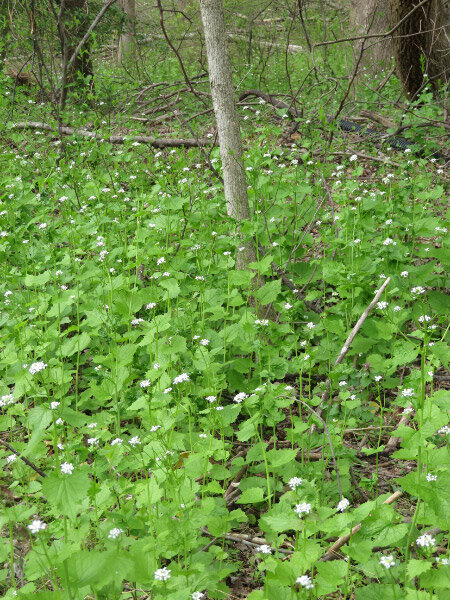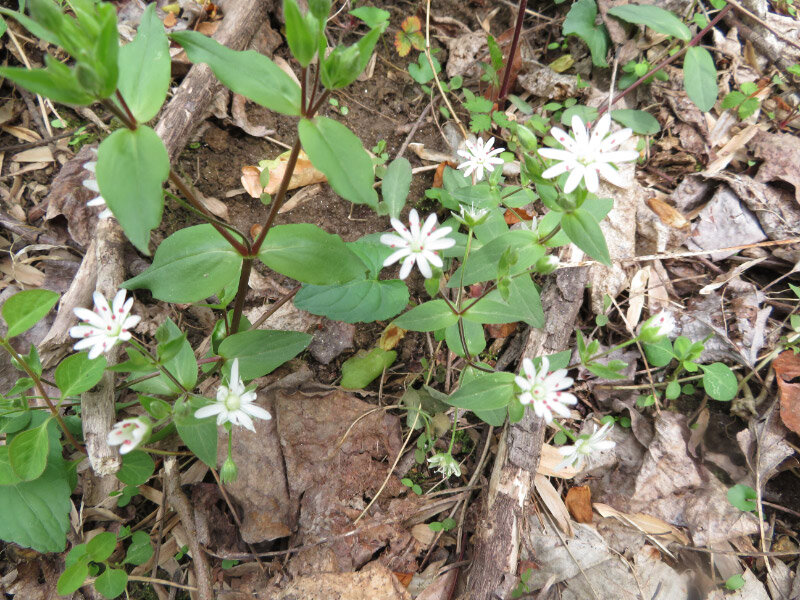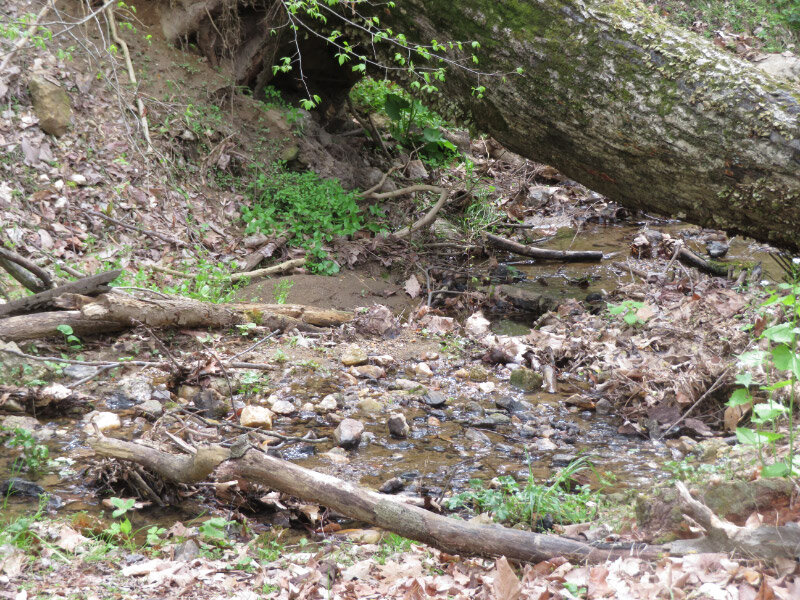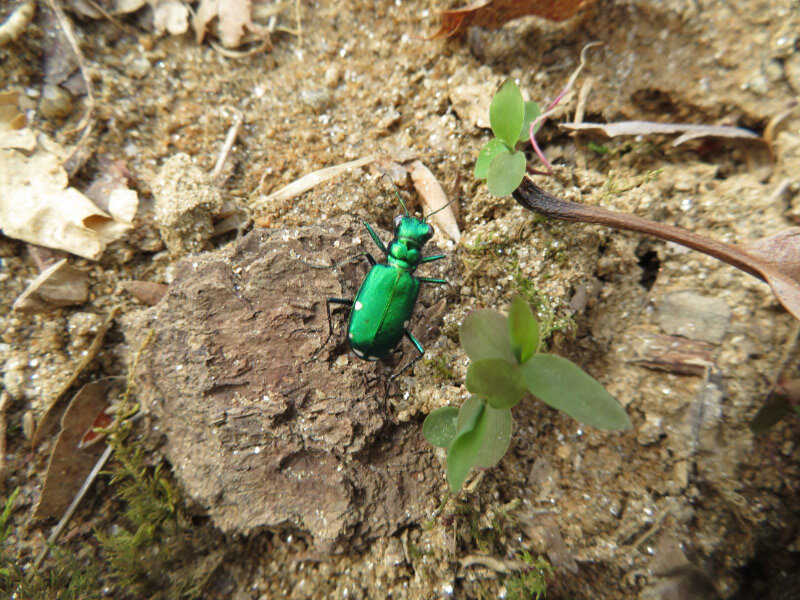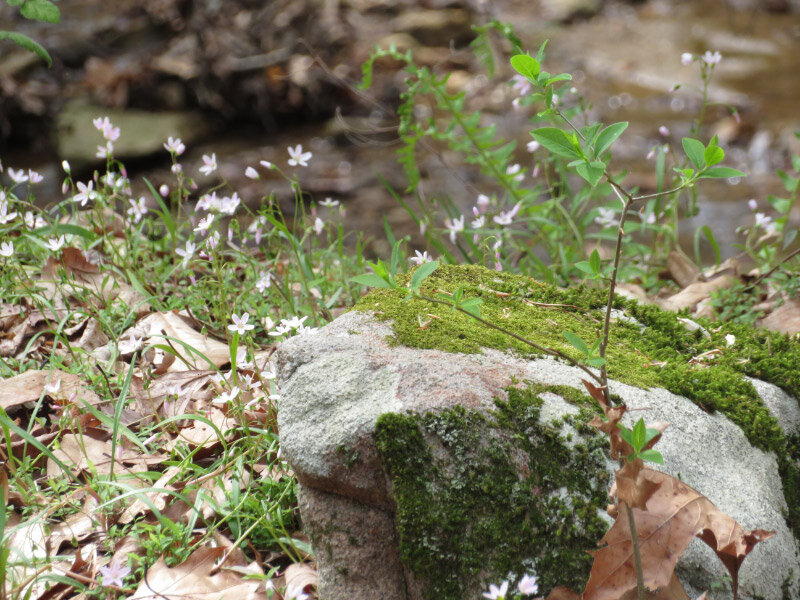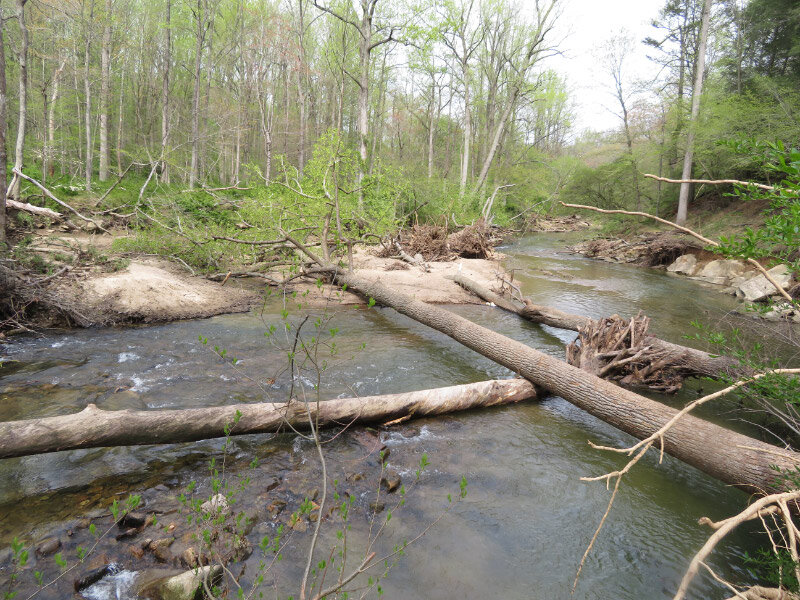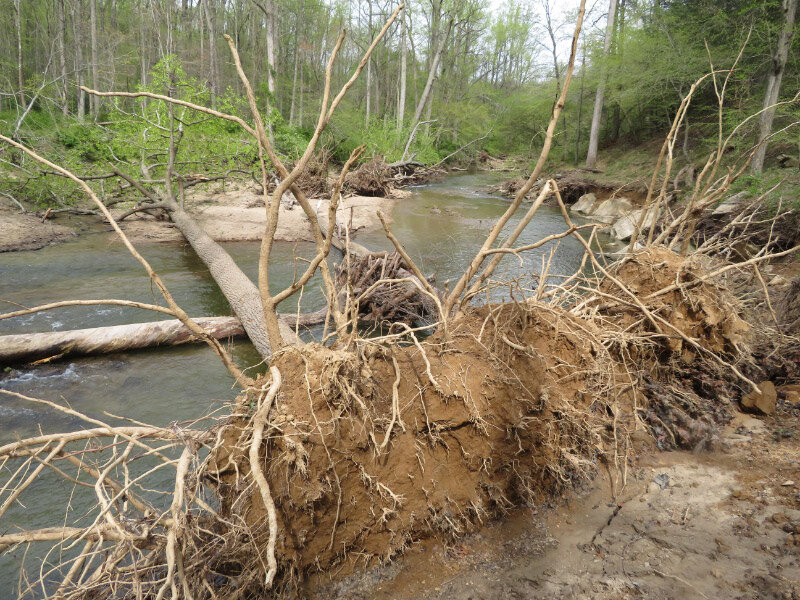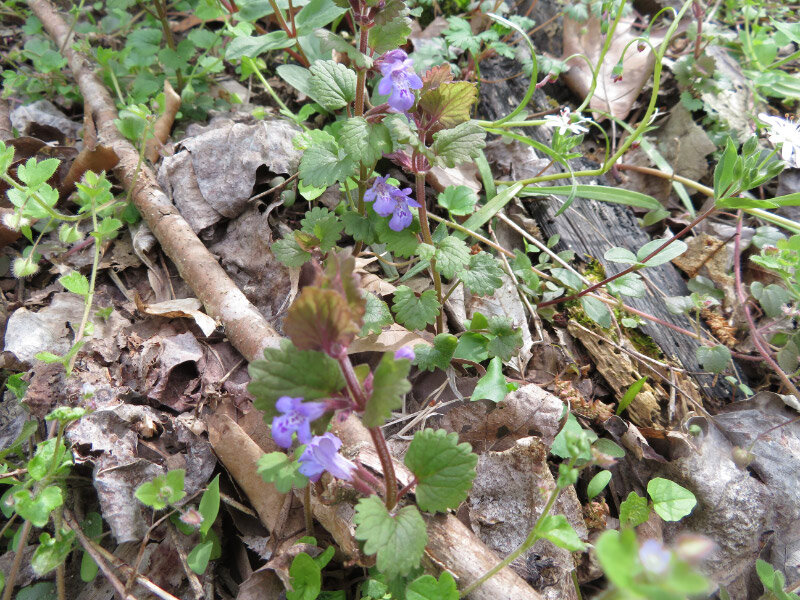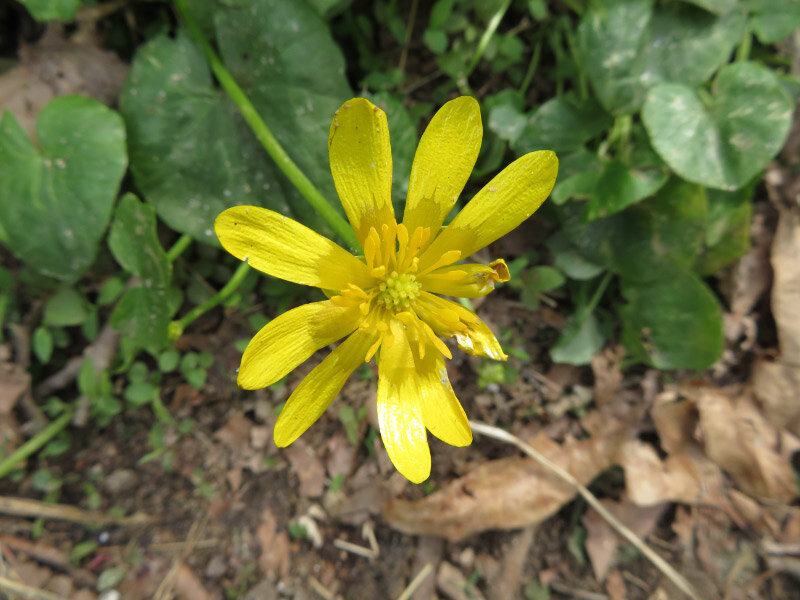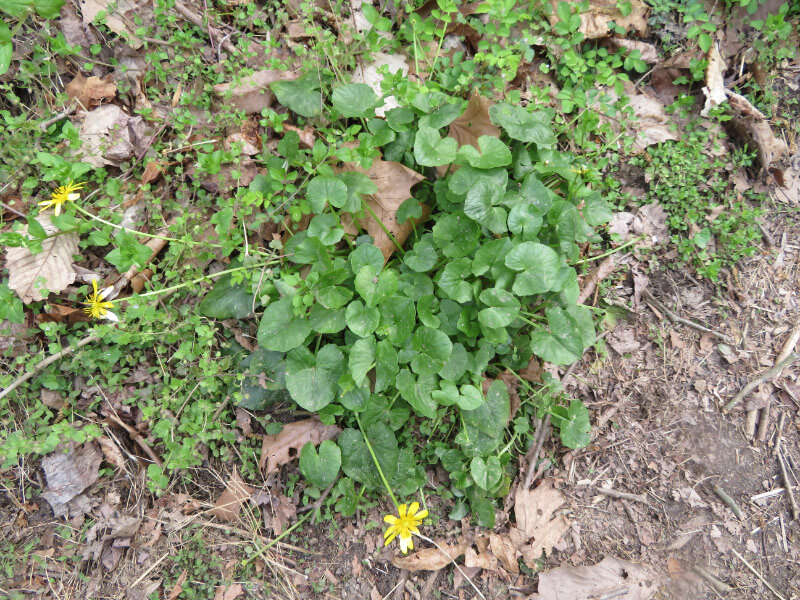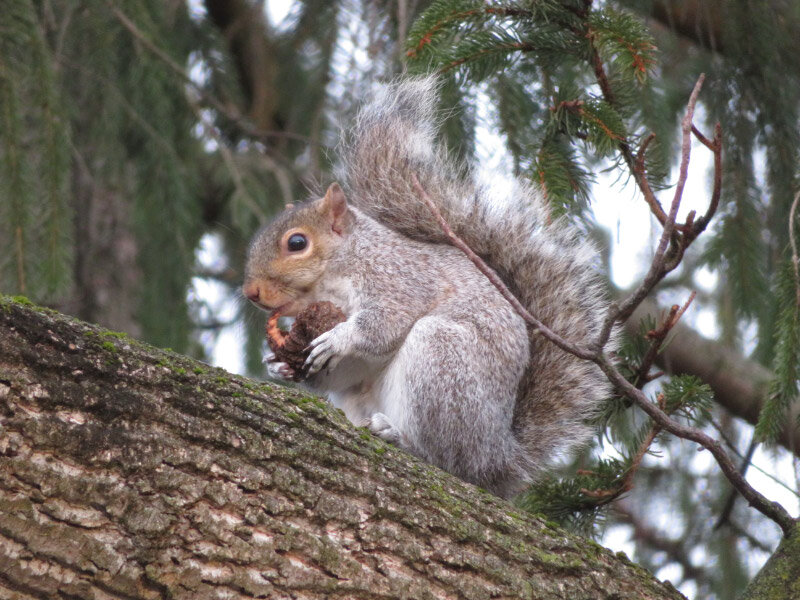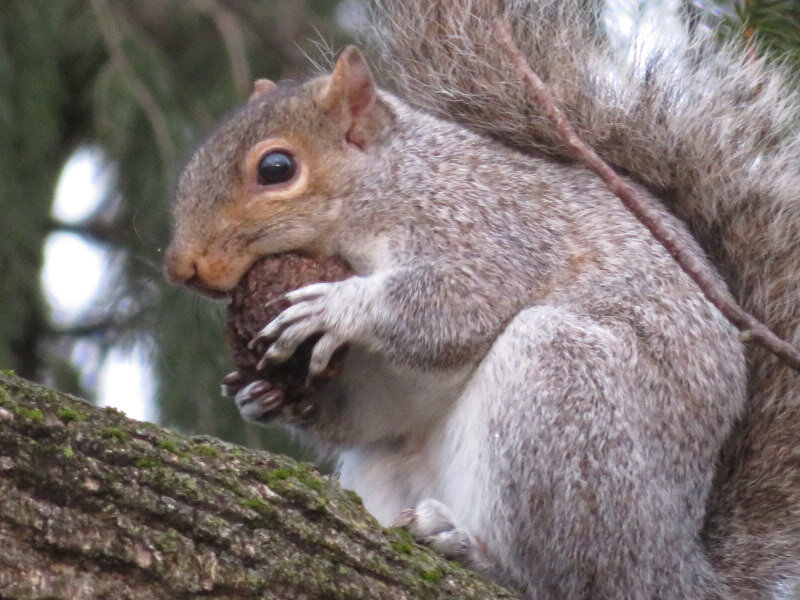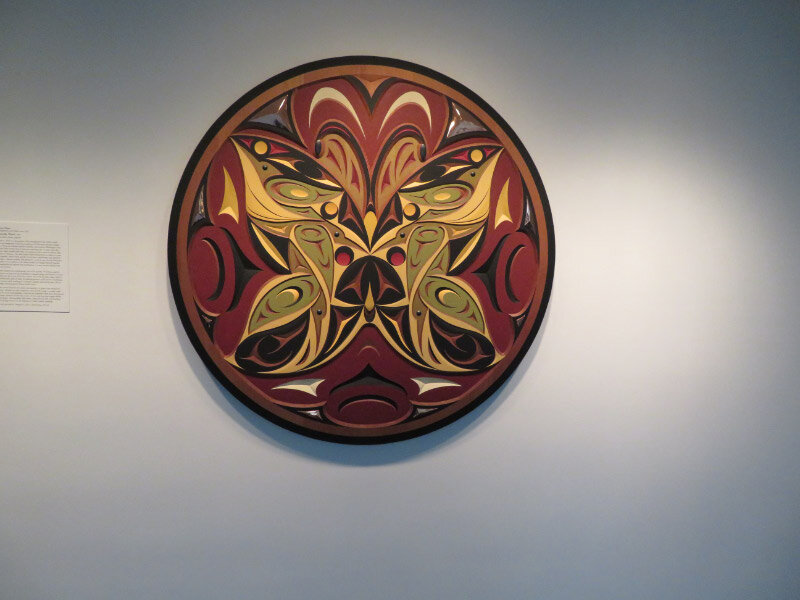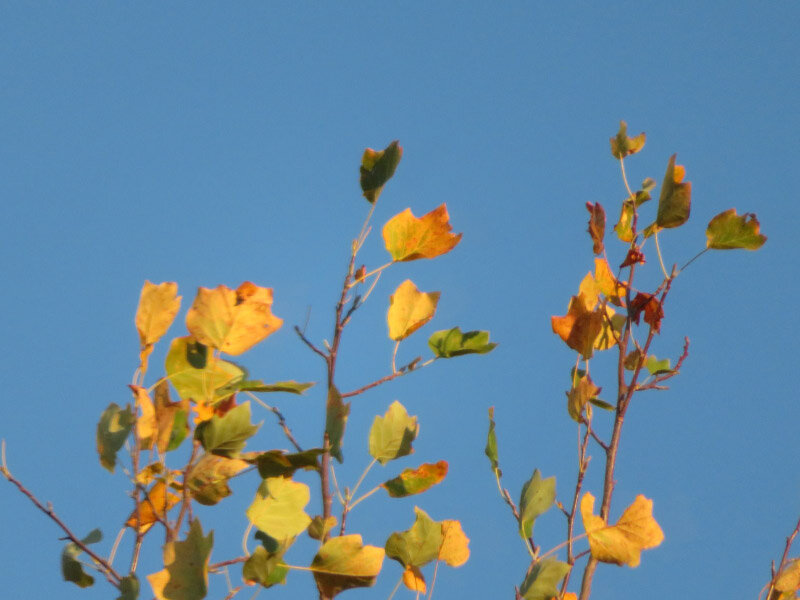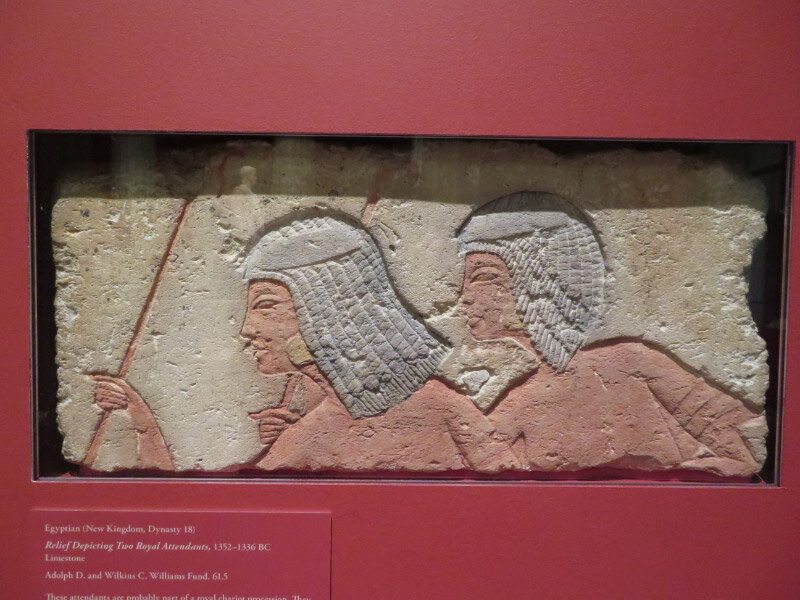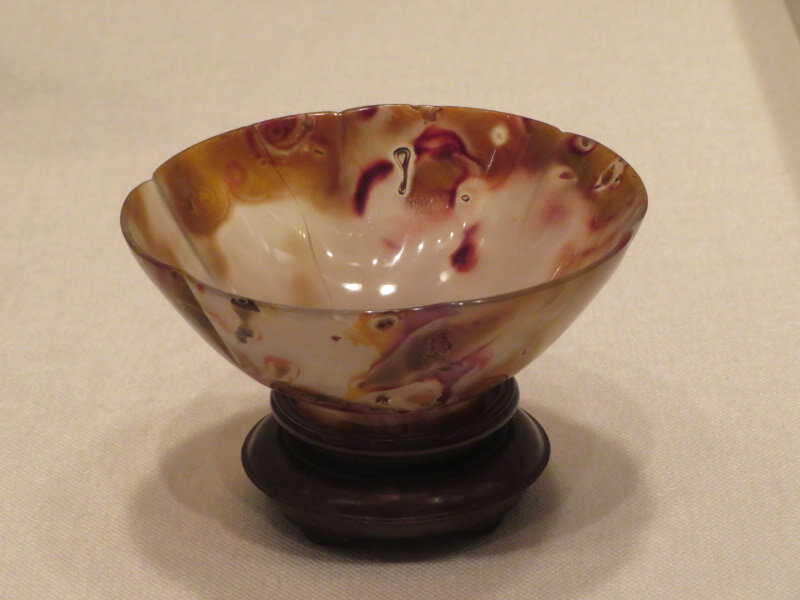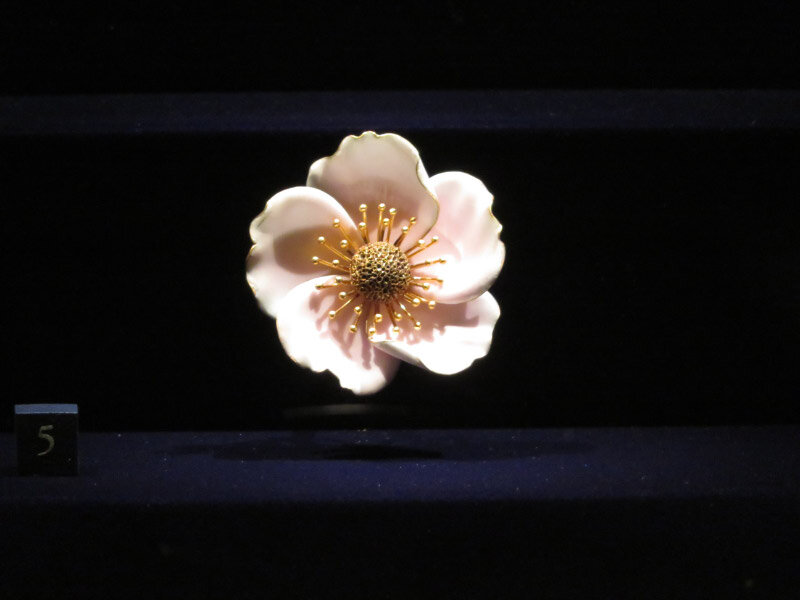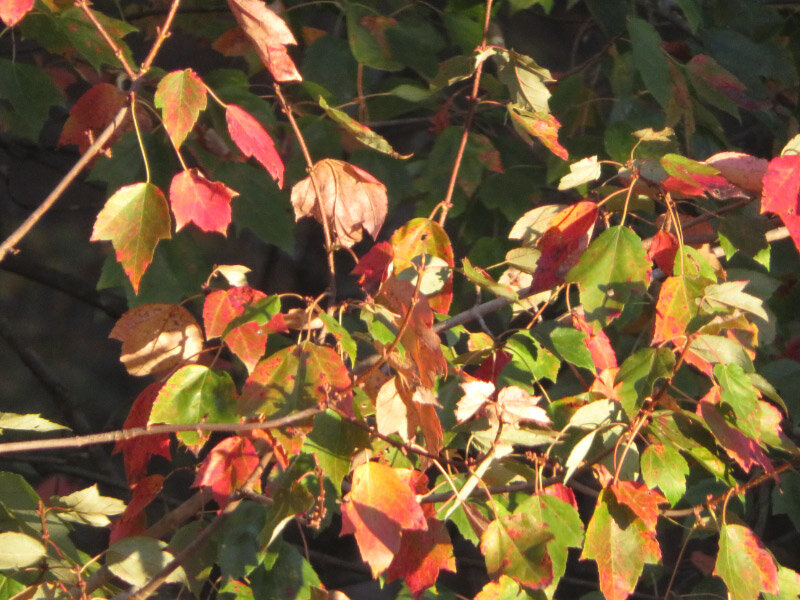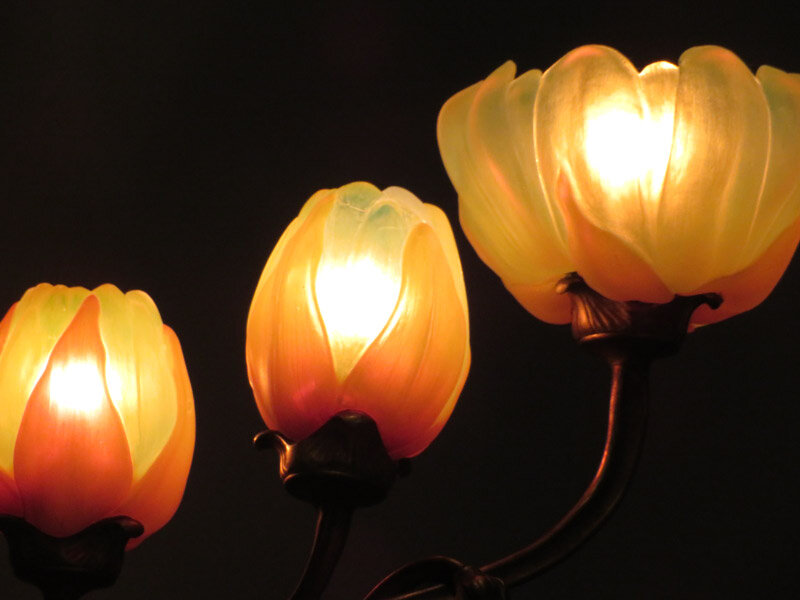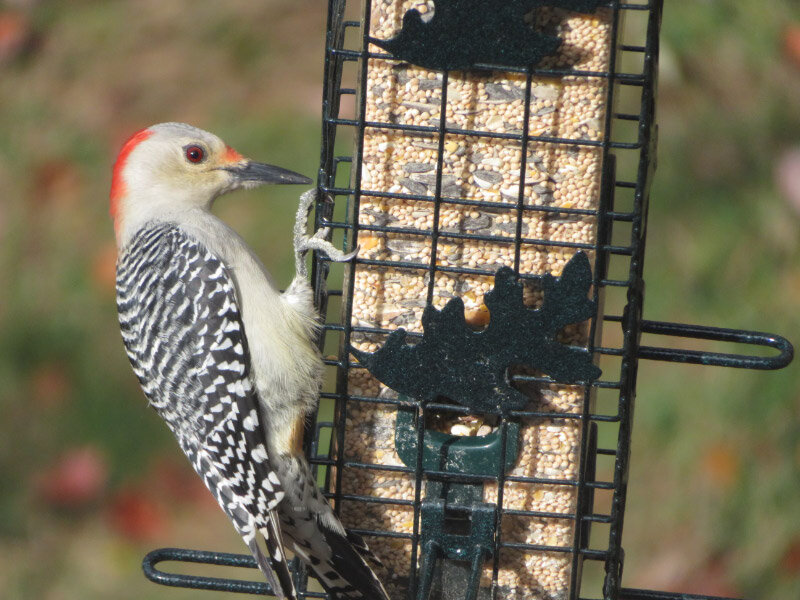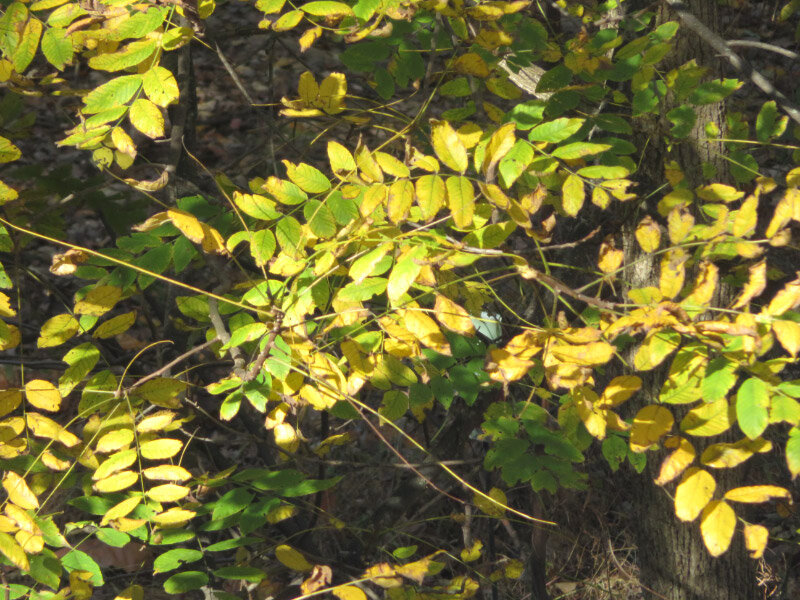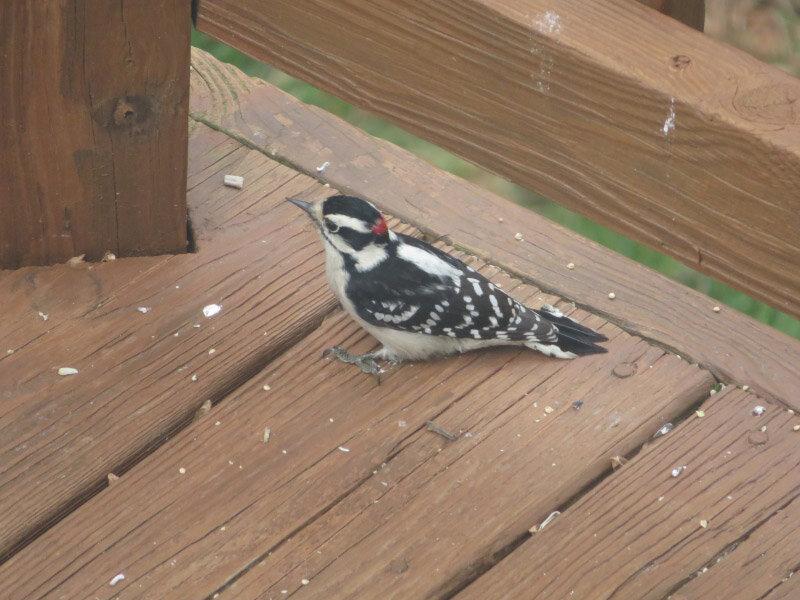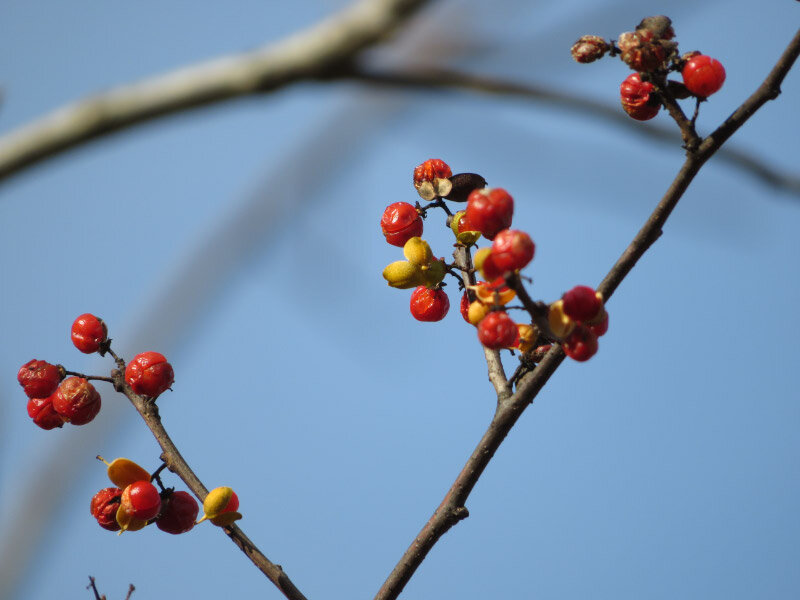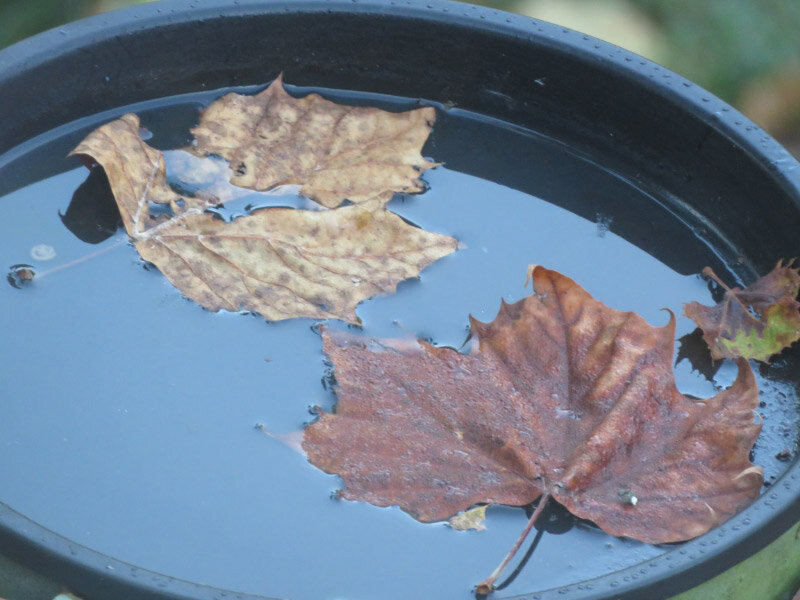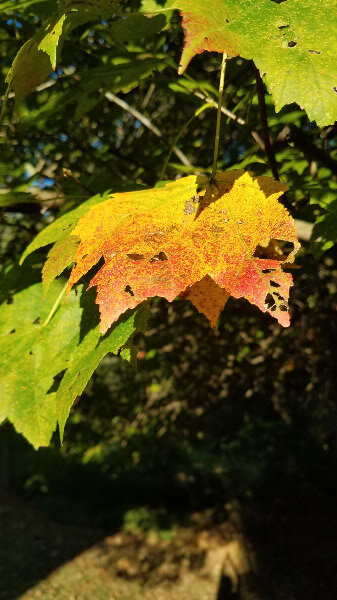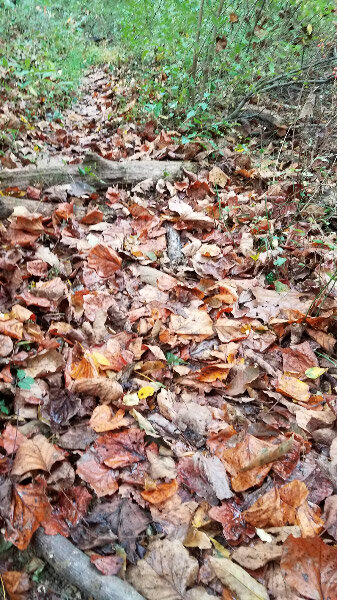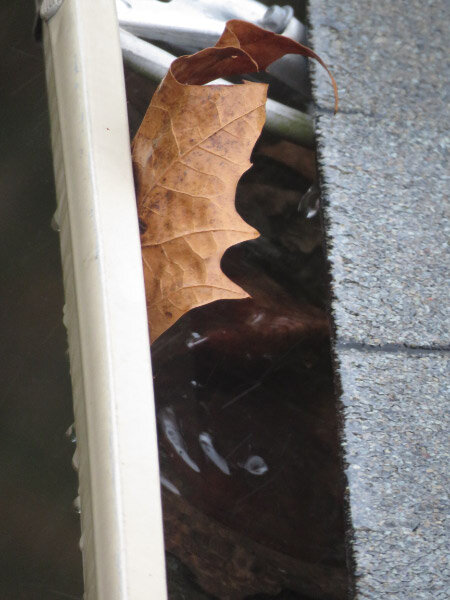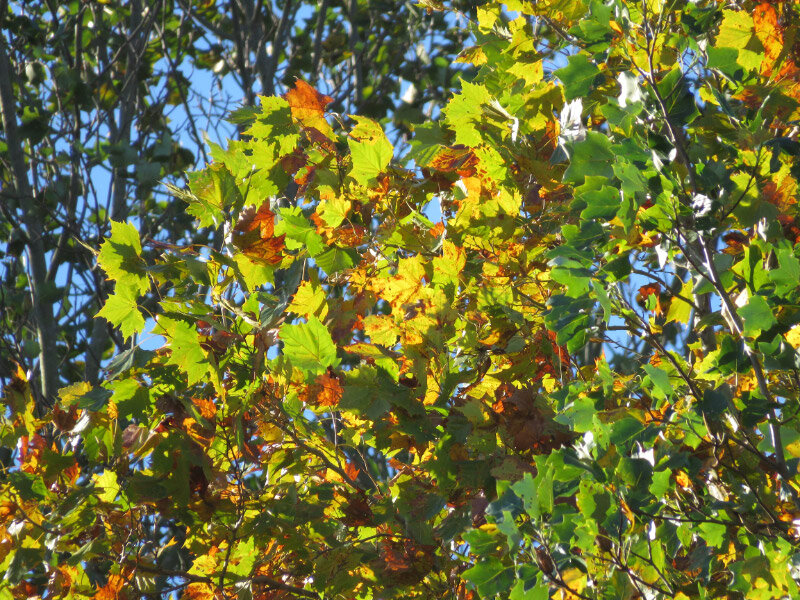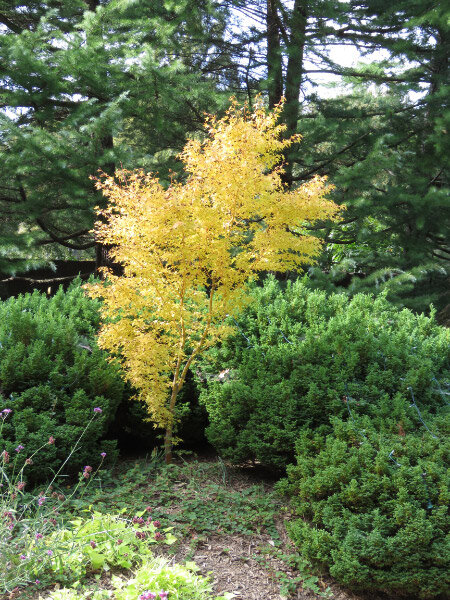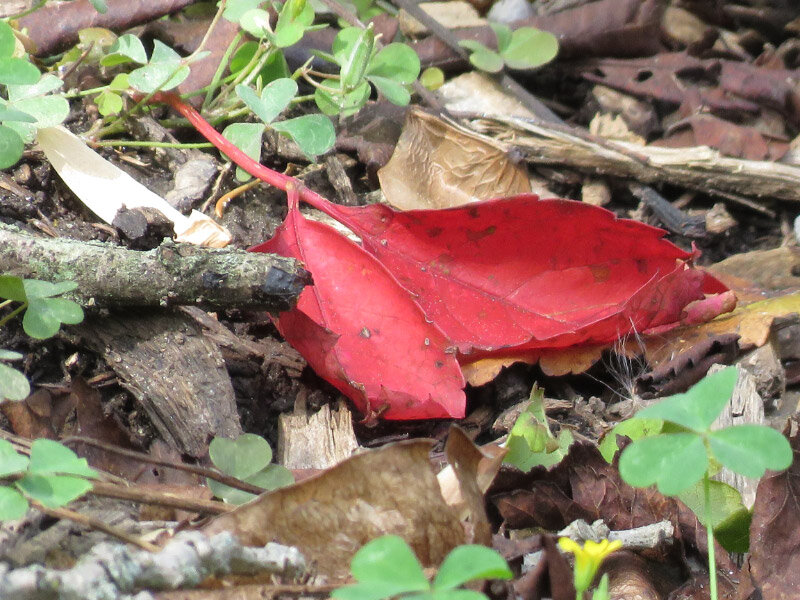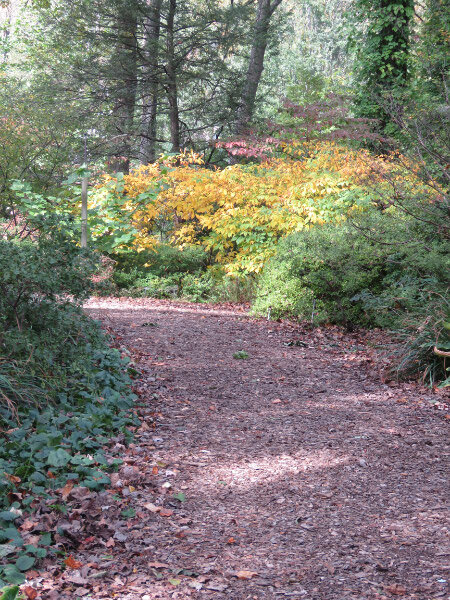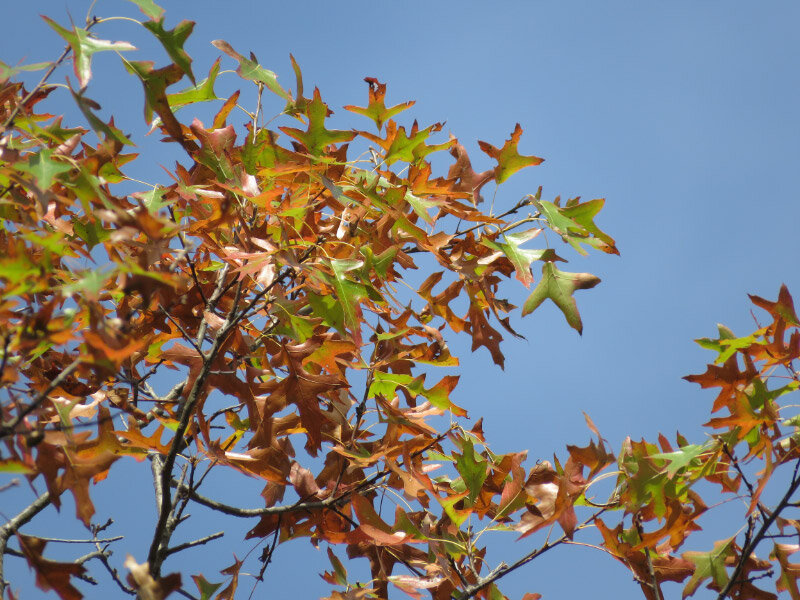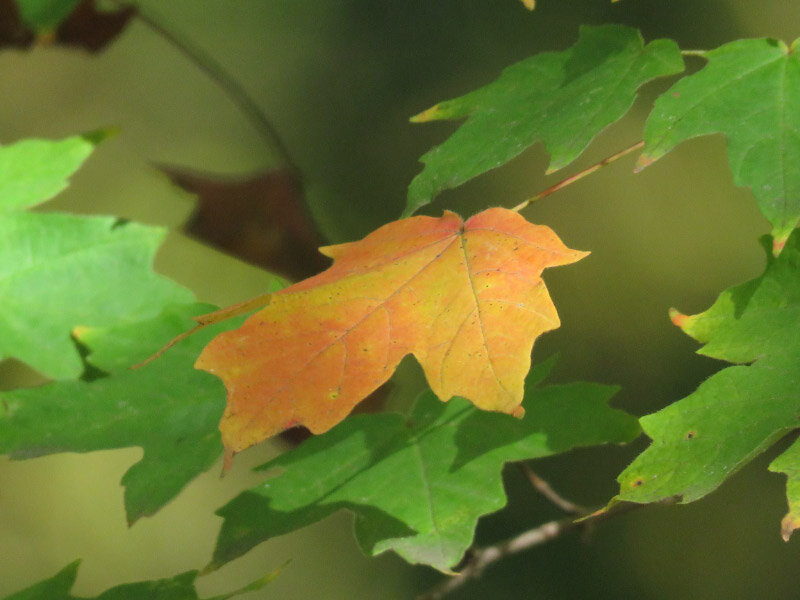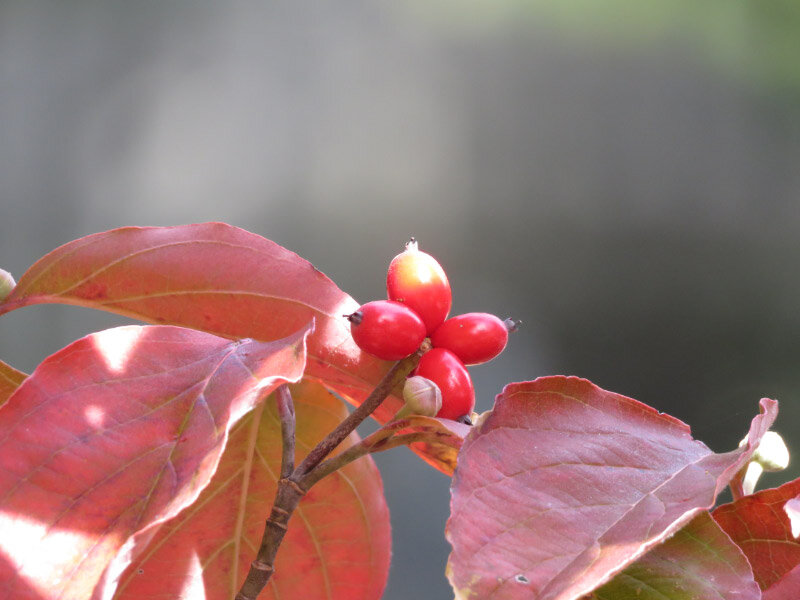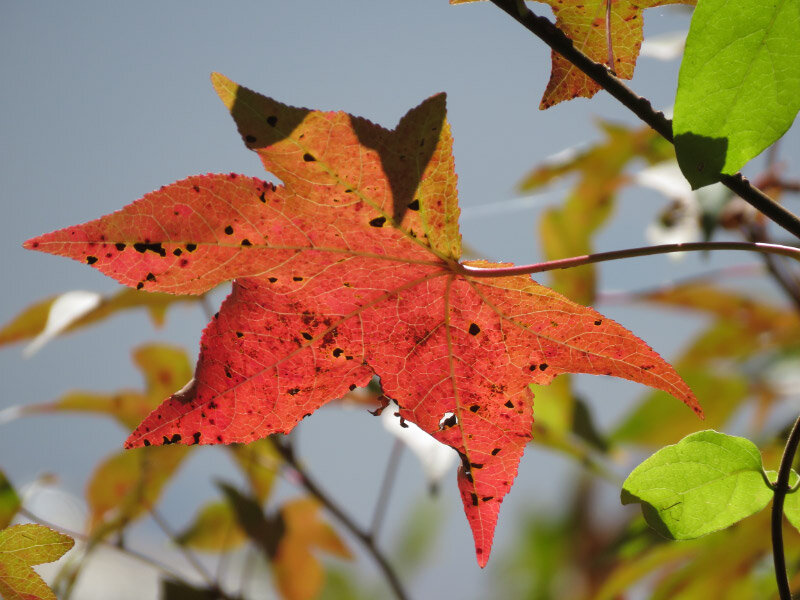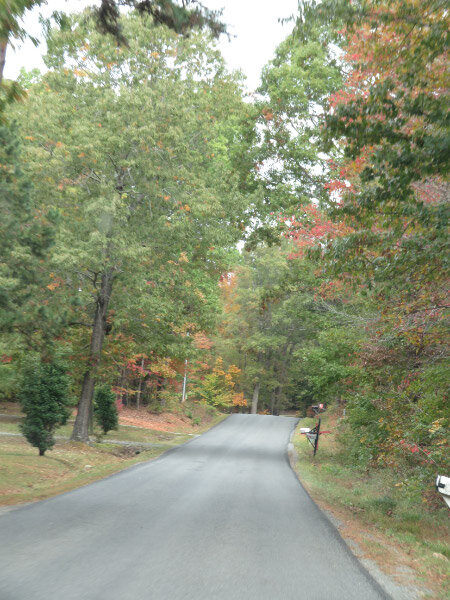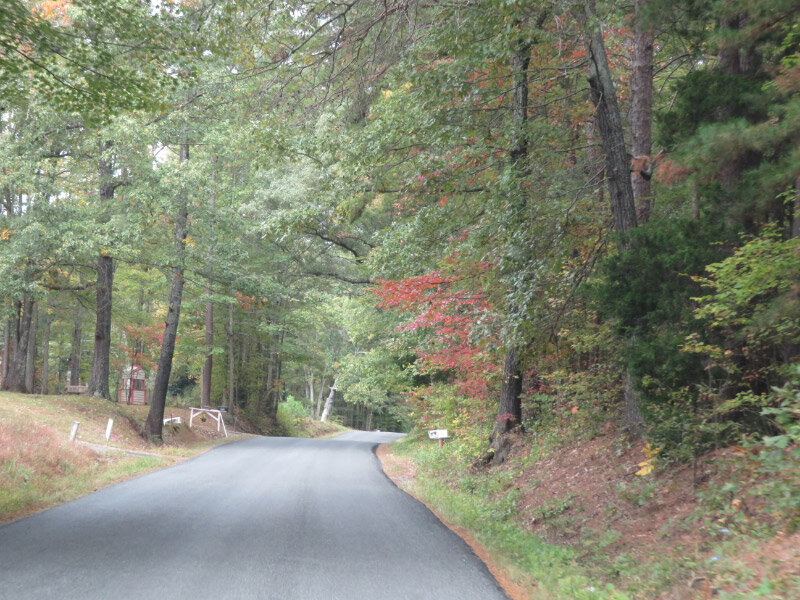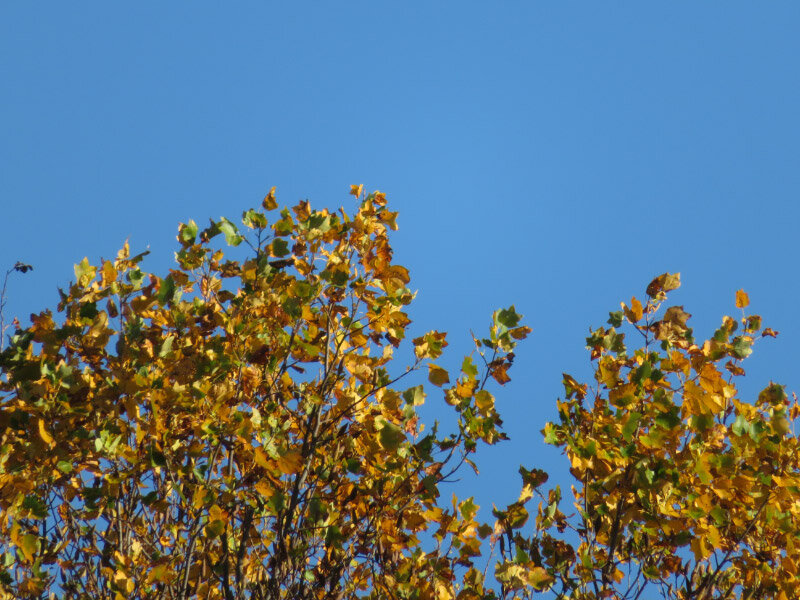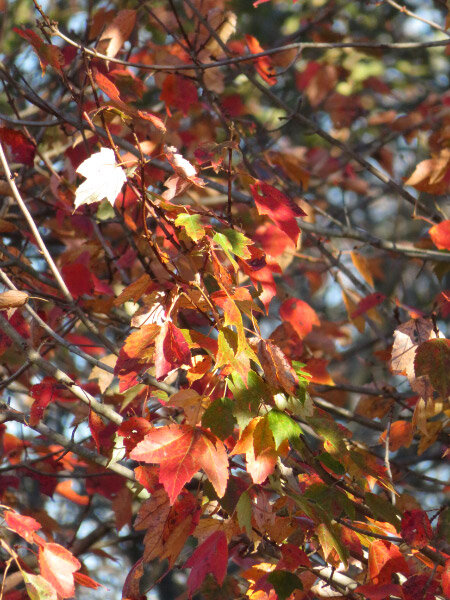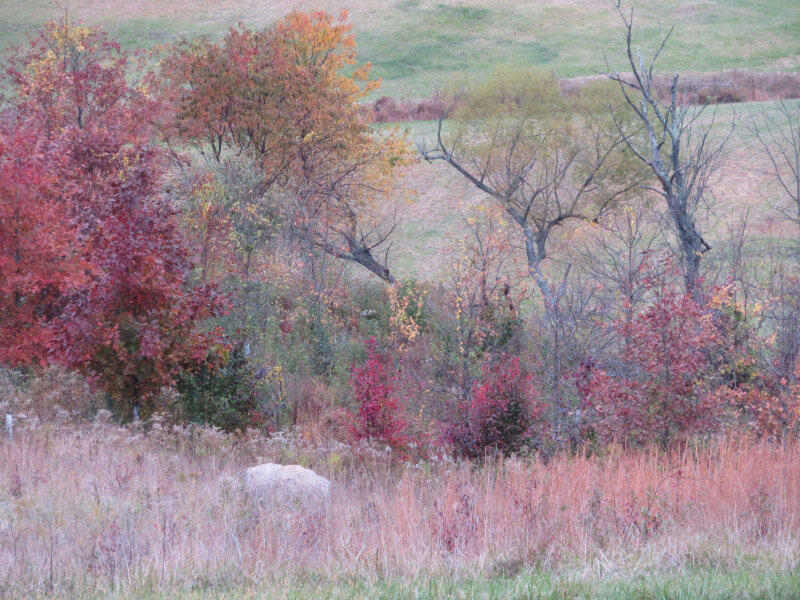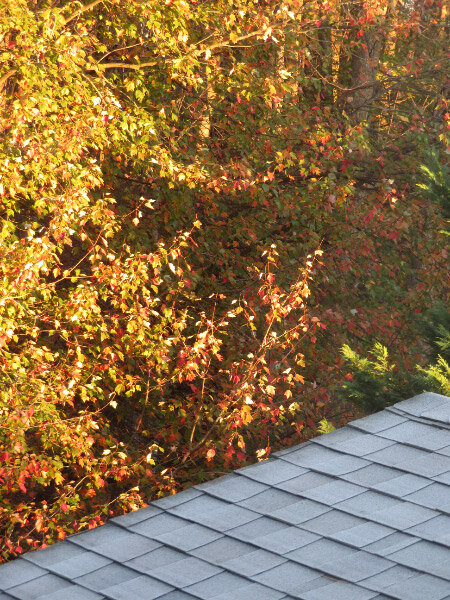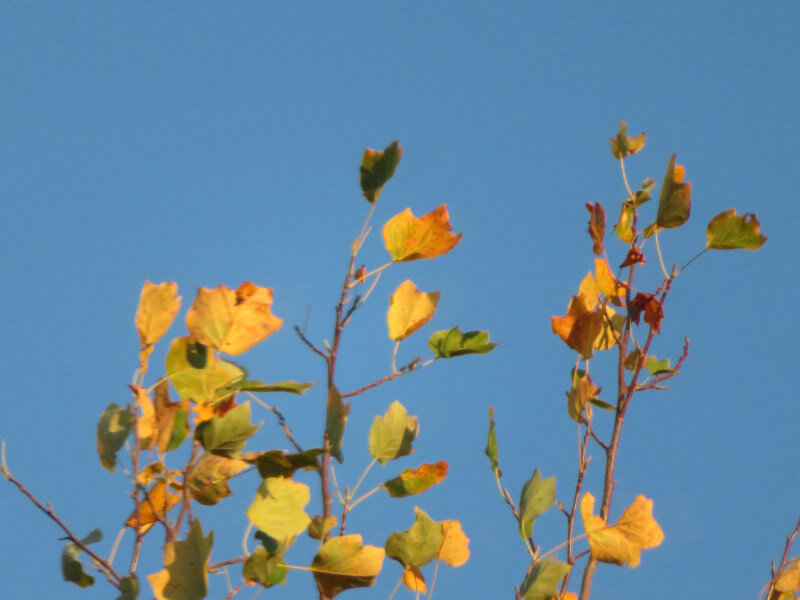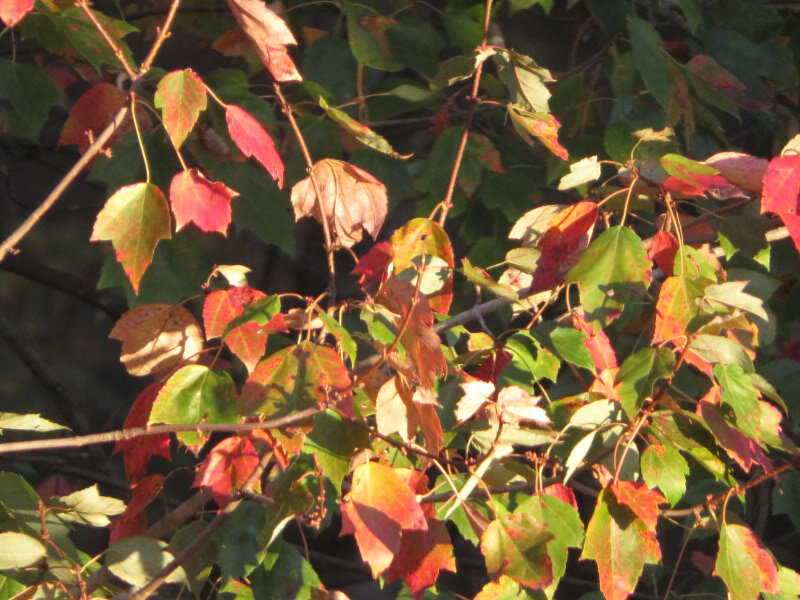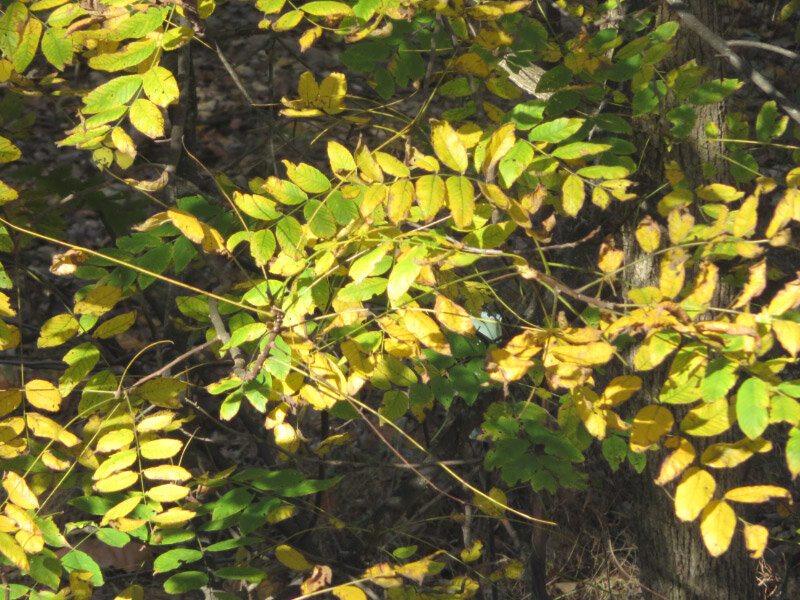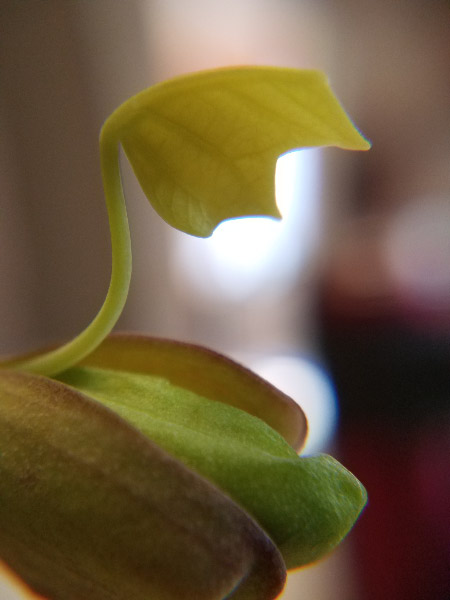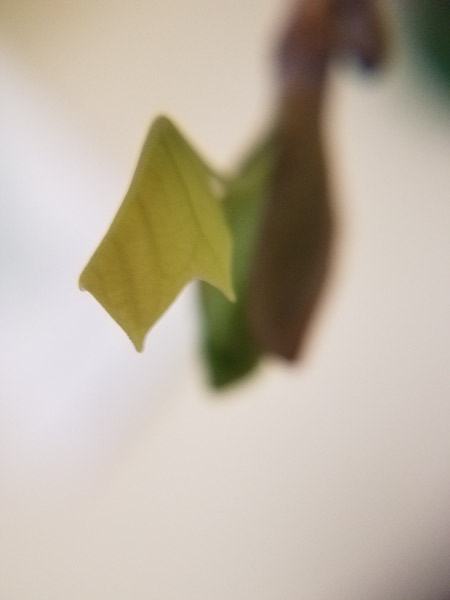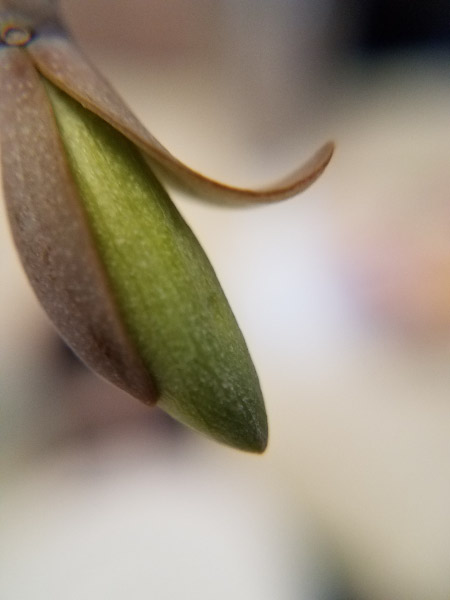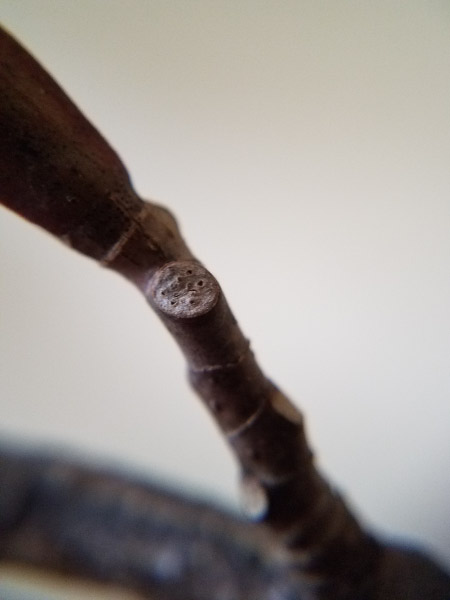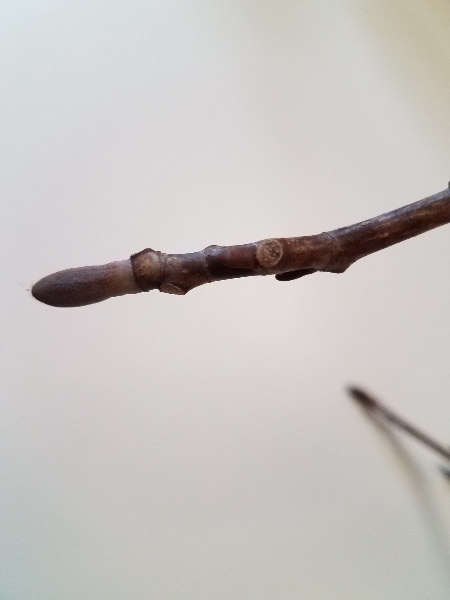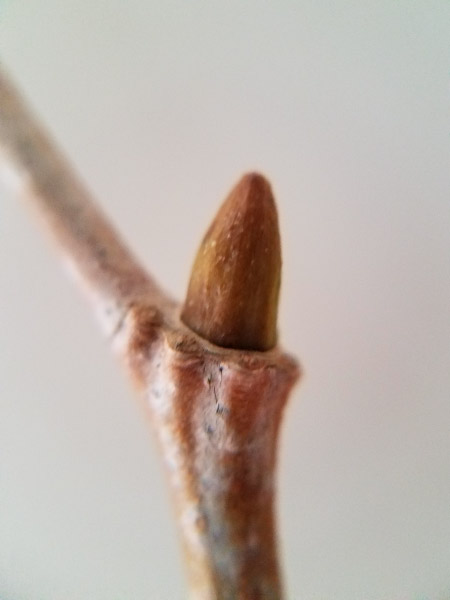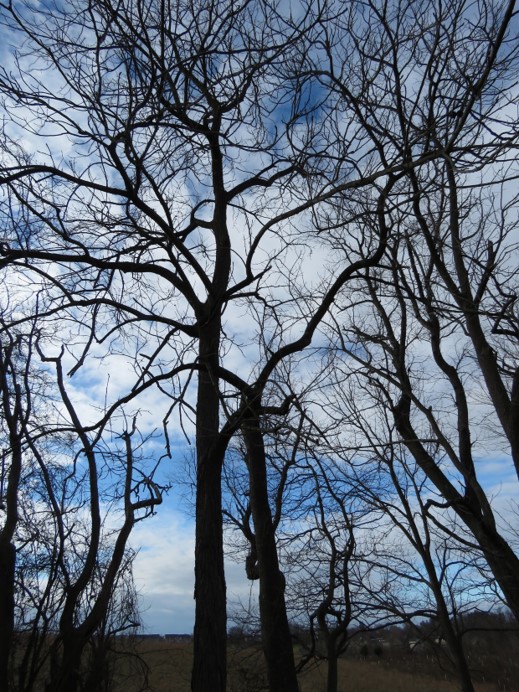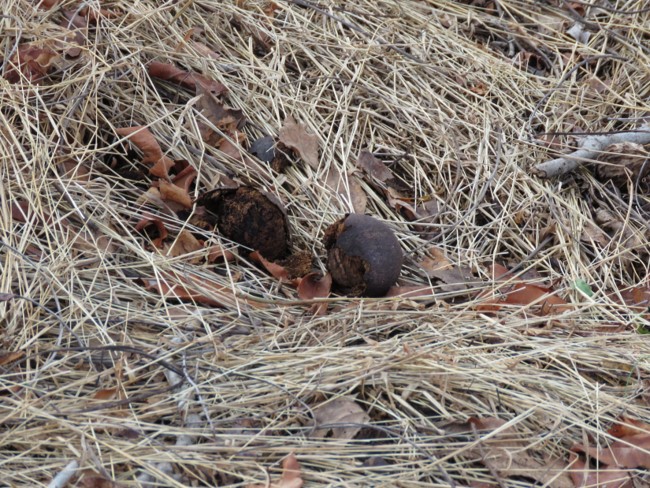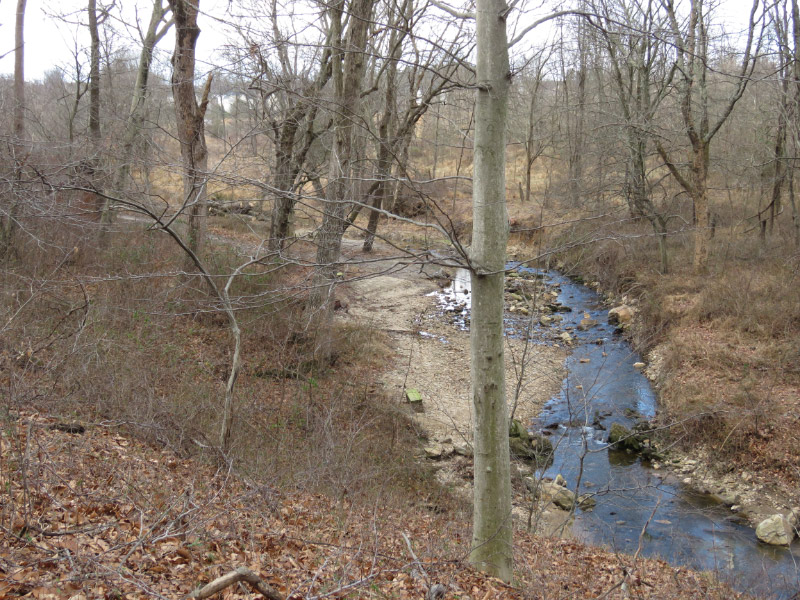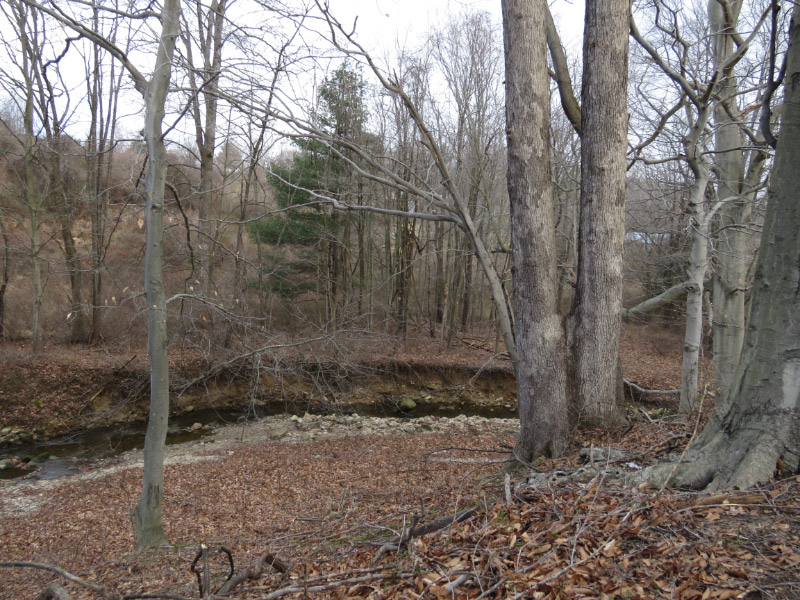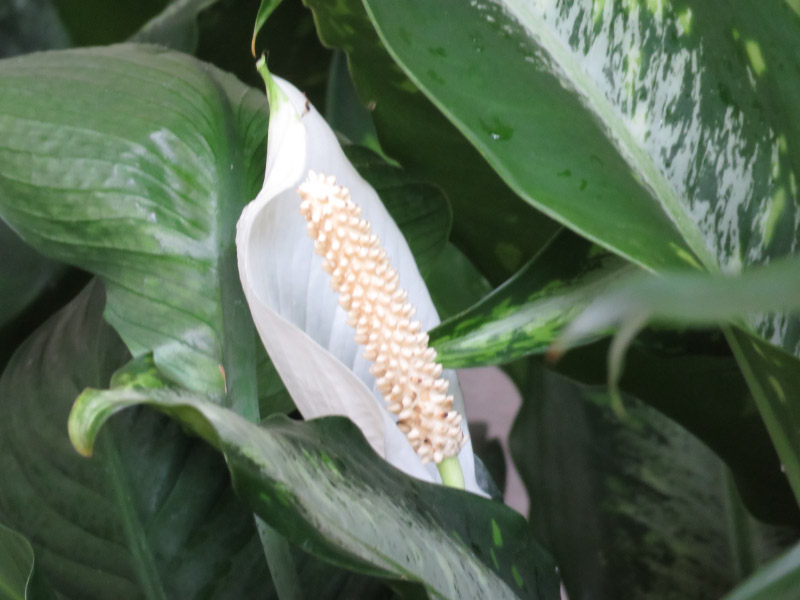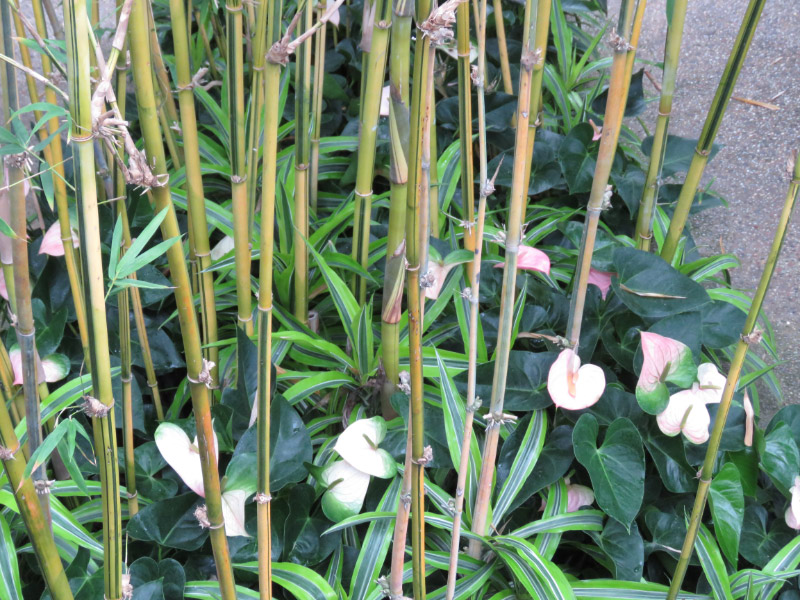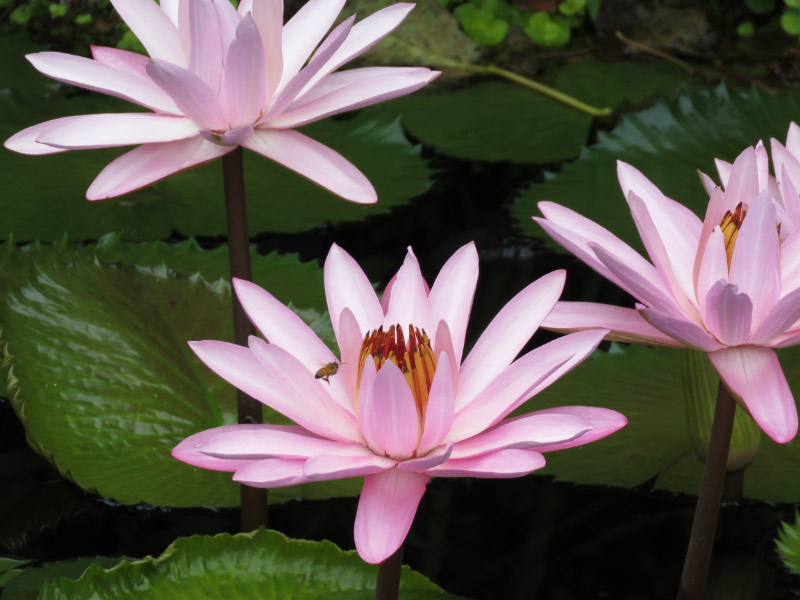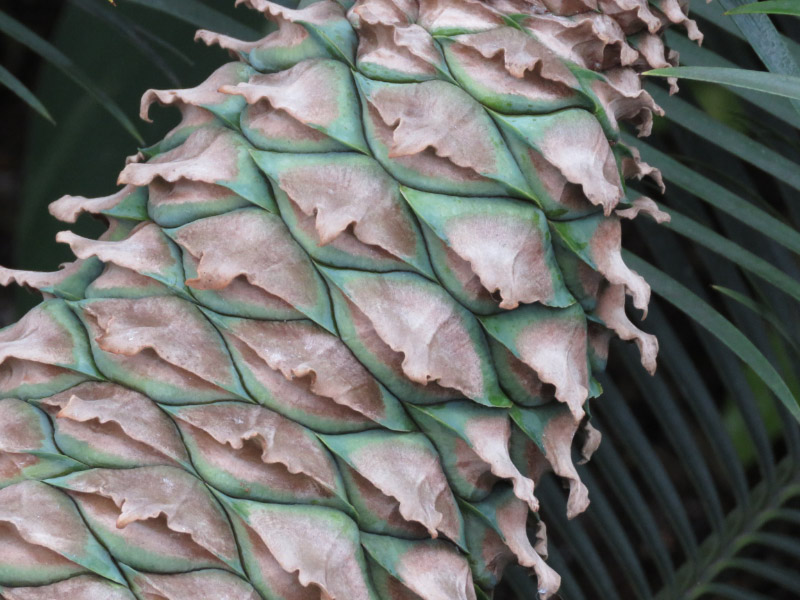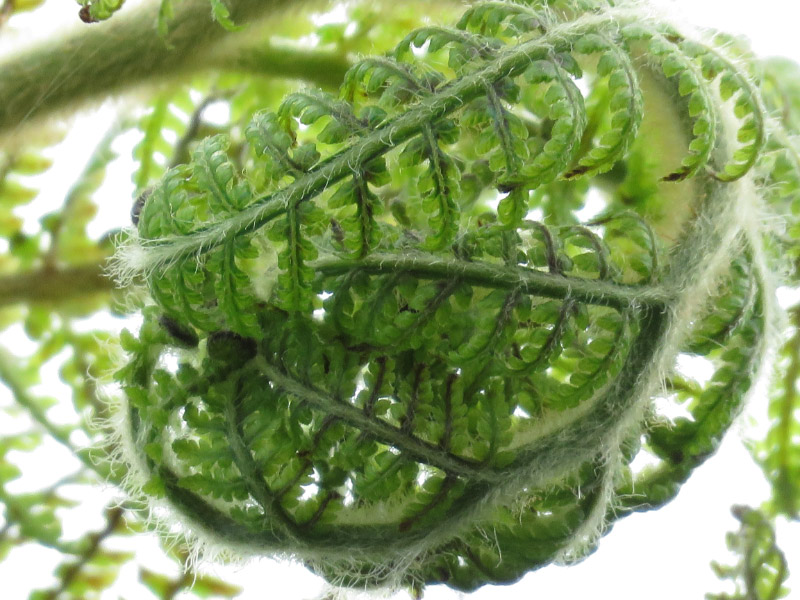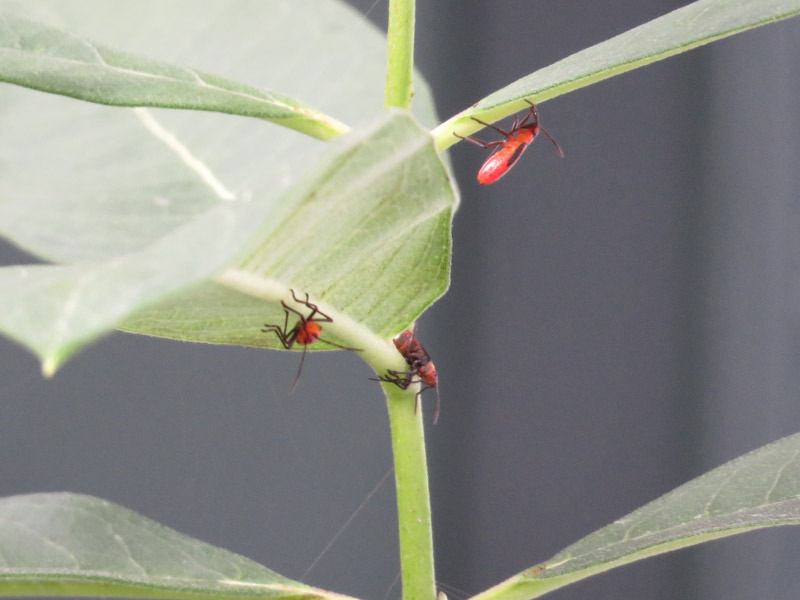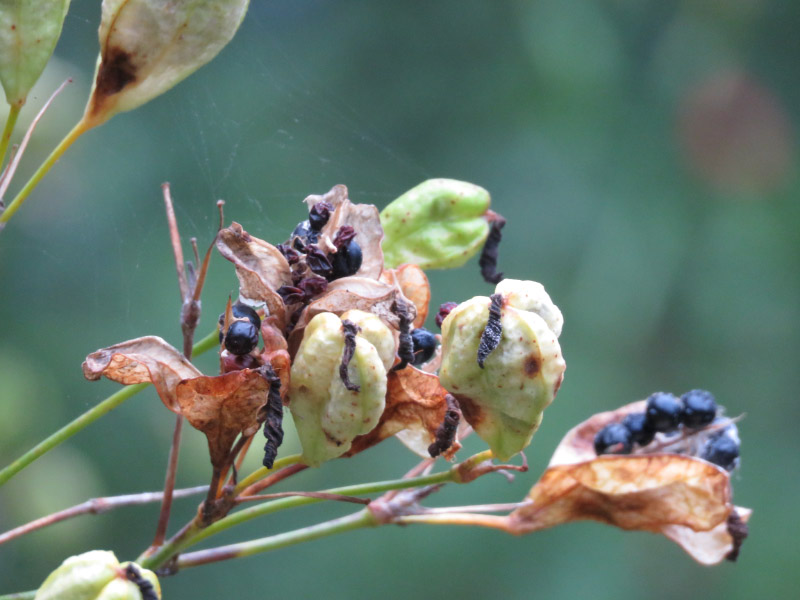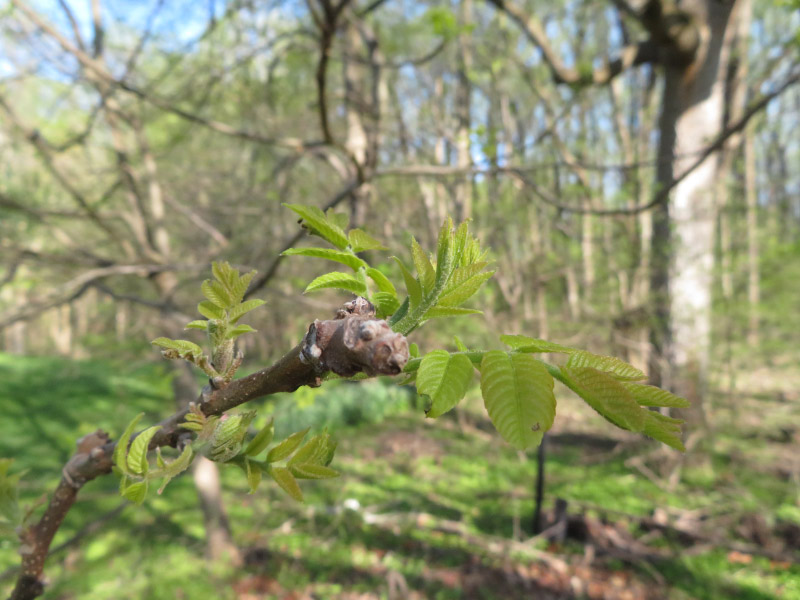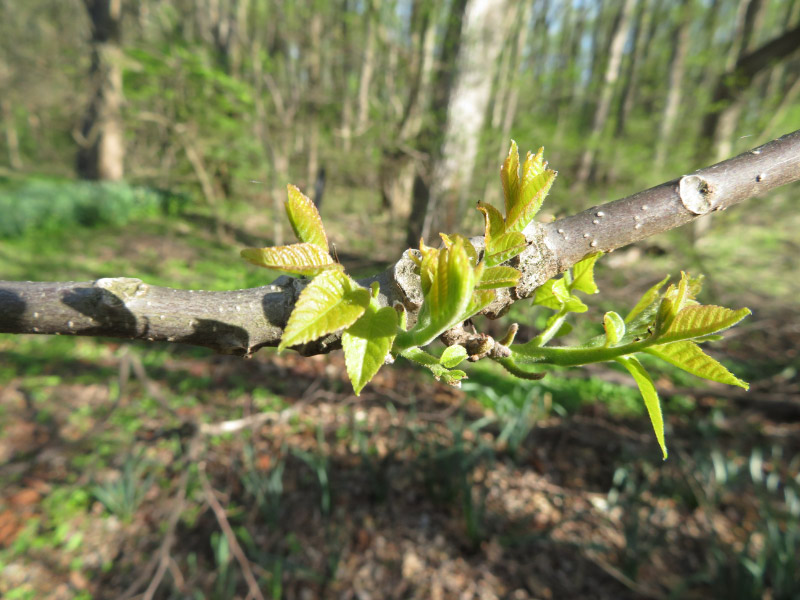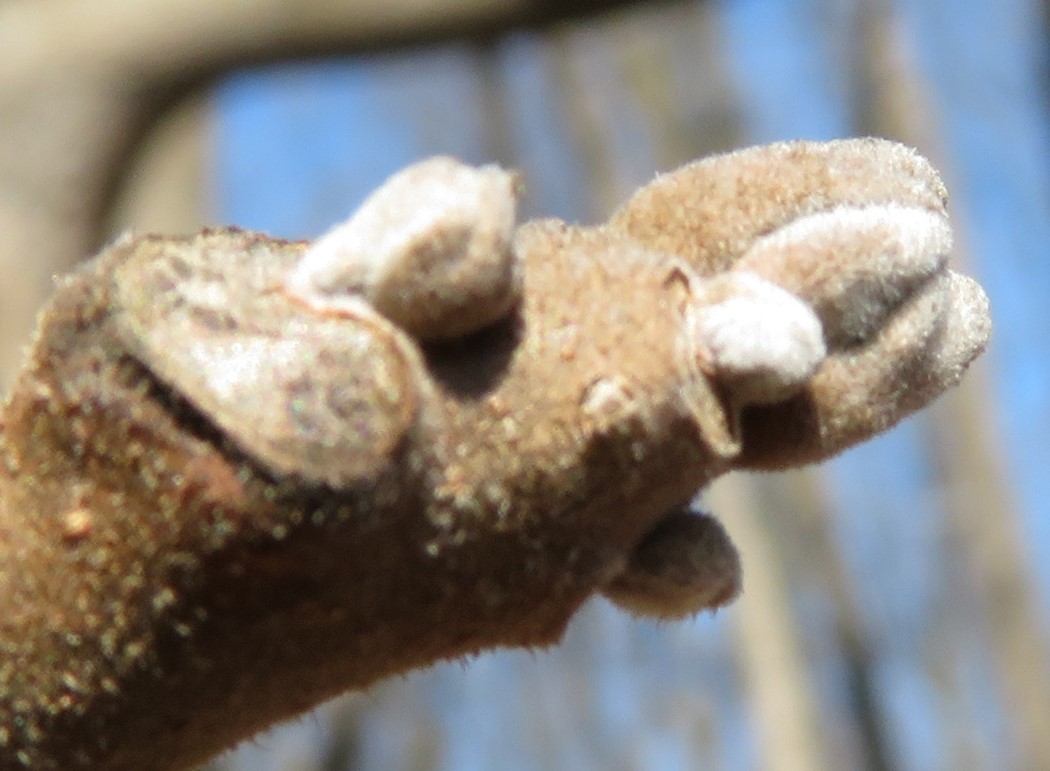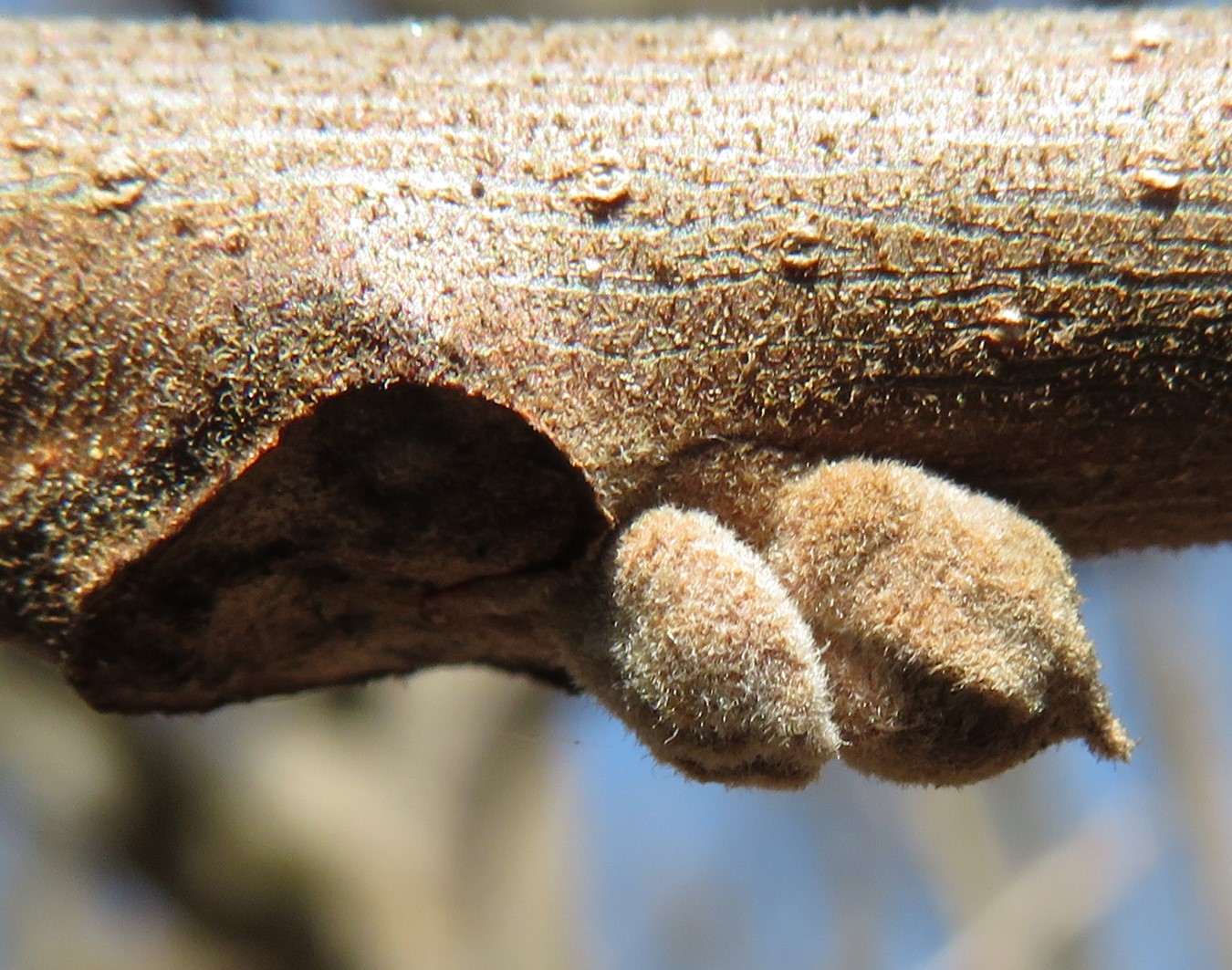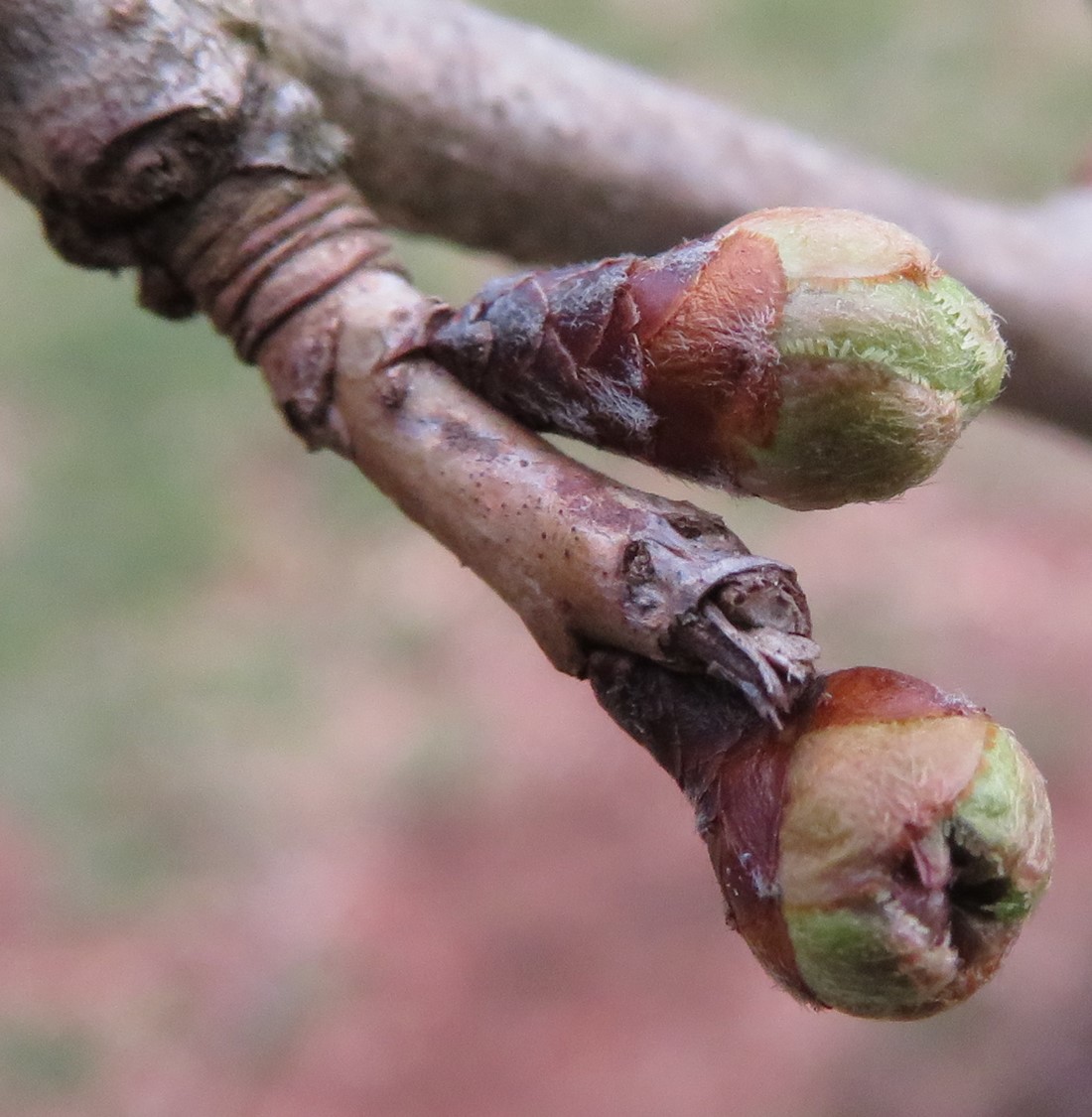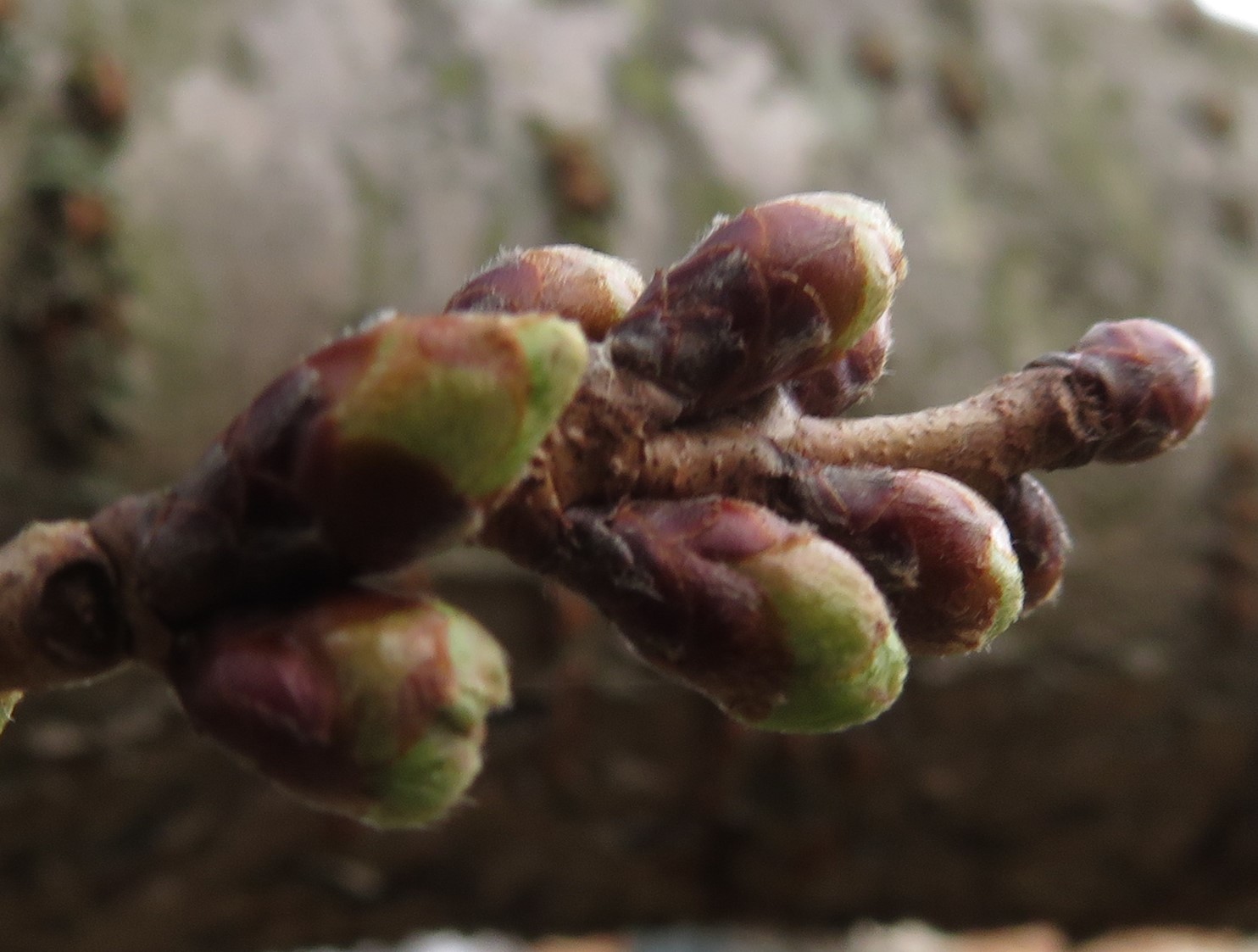Lovett Pinetum
/The Identifying Woody Plants class I am taking made a field trip to Lovett Pinetum last week. It was about 30 minutes in traffic getting there and 30 minutes back. 8 more woody plants were added to our list to recognize in the field…plus we saw some plants not required but interesting…and walked around a new-to-me place. I took my camera along.
Here are some of the plants I photographed at Lovett Pinetum. I share the scientific name and family for those that are added to the list of plants we are to recognize for the class…only the common names for those that were easily visible and pointed out to us in passing at the Pinetum.
Eastern wahoo…with lots of aphids on the stems.
Poison ivy - Toxicodendron radicans – Anacardiaceae: “leaves of three,” leaves are oval, but margins vary considerably
Black walnut – Juglans niger – Juglandaceae: with chambered pith. This is a tree I was very familiar with from Maryland…nuts on the ground in the fall are always very noticeable!
Joint fir (Ephedra): not native to Missouri but an interesting plant.
True cedar – Cedrus – Pinaceae: needles on short shoots, evergreen, cones upright, does not grow very well in Missouri.
Ozark witch hazel – Hamamelis vernalis – Hamamelidaceae: Woody seed capsule from flowering last January still not open; hairy twigs; shrub; leaves already changing. Flowers, when they appear, will have ribbon-like petals
American hazel – Corylus americana – Betulaceae – nuts will turn brown as they ripen; shrub; leaves wide oval and doubly serrate
Longleaf pines – Along Atlantic coast and Florida; white bud at ends of branches
Jewelweed (not a woody plant) was blooming in several places…particularly around the spring area.
There was large black oak that was pointed out on our trek back to the vans…but oaks must be for another class since it wasn’t added to our ‘must know’ list this time.
While we were at the Pinetum, we noted two animals: a black rat snake parallel to our trail (very sluggish, might have just eaten since it didn’t move while we watched) and a deer that watched us from across an open area then took off when we got a little closer.
It was a good field trip for identification of trees, vines, and shrubs!
Previous posts about my experiences in the Identifying Woody Plants class at Missouri State University


















